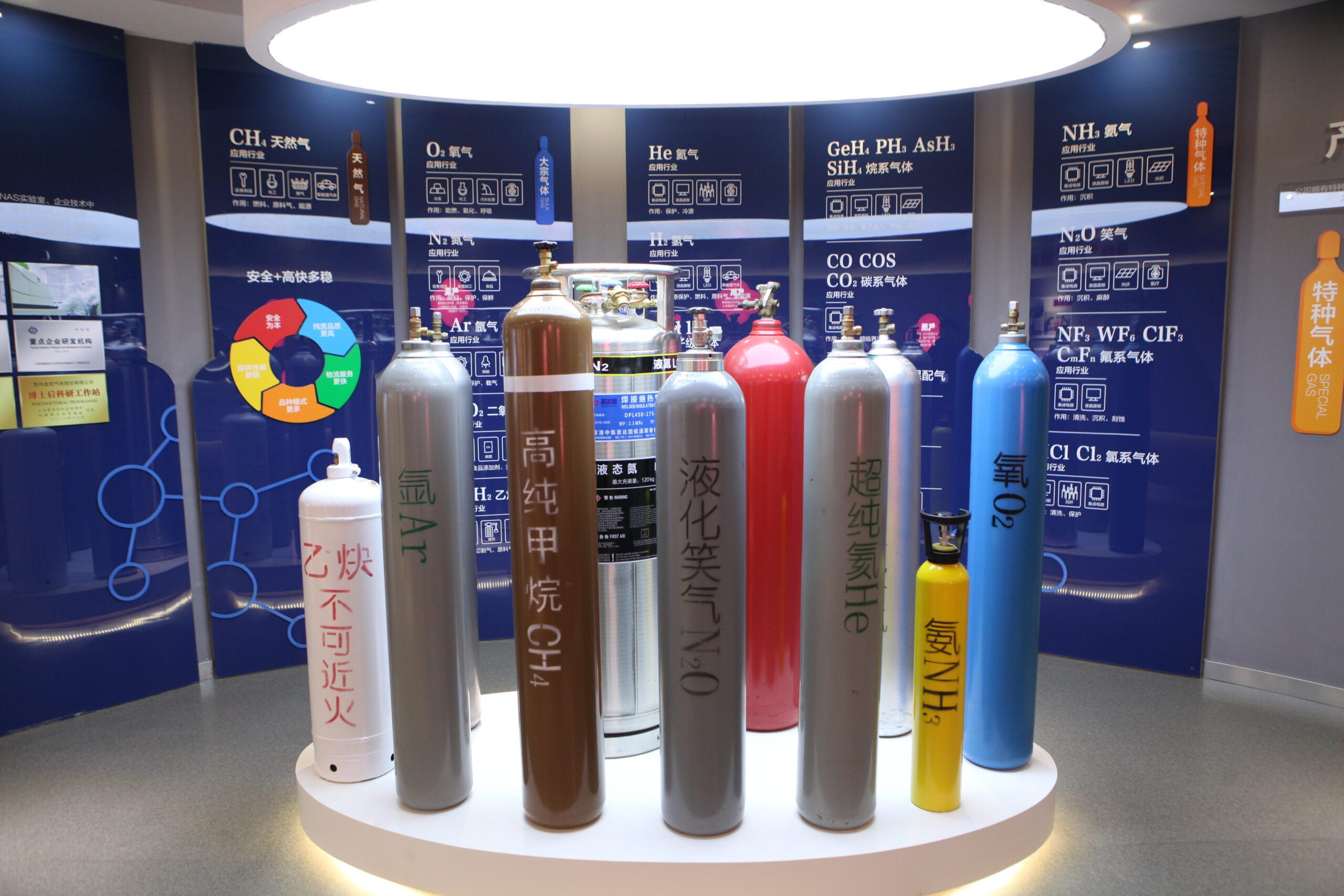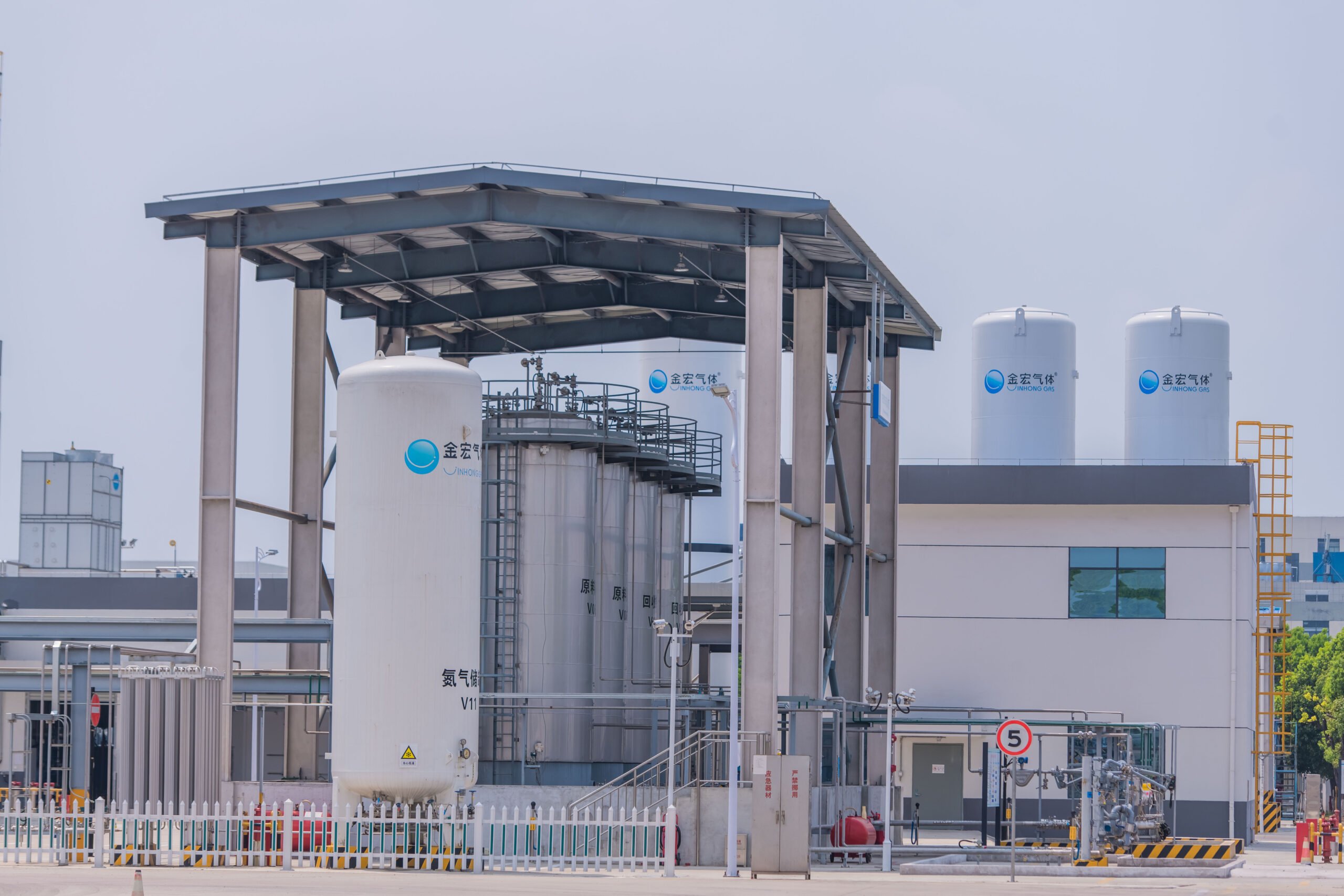SF6 gas, or sulfur hexafluoride, is a critical component in the electrical industry. Known for its excellent insulating properties, it’s widely used in high-voltage electrical equipment like circuit breakers and transformers. As demand for SF6 continues to rise, SF6 gas price has become a key consideration for businesses. This article explores the factors that influence the price of SF6 gas and offers insights into how industries can manage their costs.
What Affects SF6 Gas Price?
Several factors affect the SF6 gas price, and understanding these variables can help businesses manage costs more effectively:
- Global Demand: The demand for SF6 is driven by the growing need for electrical infrastructure. As more countries invest in renewable energy and upgrade their power grids, SF6 continues to play a pivotal role in ensuring safe and efficient electrical operations. Rising global demand often leads to higher prices.
- Regulatory Factors: SF6 is a potent greenhouse gas with a high global warming potential (GWP). Stricter environmental regulations and the push for more sustainable practices have led to the introduction of recycling programs and limits on SF6 emissions. These regulations can impact the price by adding costs for compliance, recycling, and alternative solutions.
- Supply Chain and Production: The production of SF6 can be influenced by supply chain disruptions, raw material availability, and manufacturing capacity. Any delays in the production process or logistical issues can lead to price fluctuations.
- Technological Advancements: Ongoing research into alternative gases and new technologies can influence the SF6 gas price in the long run. Innovations aimed at reducing the environmental impact of SF6 could lead to price adjustments, either lowering costs or adding premiums for greener options.
- Recycling and Sustainability: SF6 recycling has become an essential part of managing the gas’s environmental impact. However, recycling involves additional costs for businesses. Suppliers offering SF6 recovery and recycling programs may charge slightly higher prices to account for these services.
Where to Buy SF6 Gas at the Best Price
Finding competitive pricing for SF6 gas requires choosing a reliable supplier who offers both quality and cost-effective solutions. Here are some tips for sourcing SF6 gas at the best price:
- Certified Suppliers: Always work with certified suppliers who comply with industry standards for safety and quality. Certified suppliers will also adhere to environmental regulations, ensuring that the SF6 is handled properly.
- Bulk Purchases: If your business needs large quantities of SF6, buying in bulk can significantly reduce costs. Many suppliers offer discounts for bulk purchases or long-term contracts.
- Recycling Programs: Some companies offer SF6 recycling programs, which can reduce costs by reusing the gas. This option not only helps manage environmental concerns but also provides a cost-effective alternative to buying new gas.
- Long-Term Contracts: To protect against price volatility, businesses may consider negotiating long-term contracts with SF6 suppliers. By locking in a price, you can avoid market fluctuations and secure a stable supply.
Managing SF6 Gas Price in Your Business
Managing the SF6 gas price involves understanding market trends and making strategic decisions. Here are a few ways businesses can manage their SF6 costs:
- Implement SF6 Recycling: Participate in SF6 recycling programs to reduce the need for new gas purchases. This helps lower overall costs and minimizes your environmental footprint.
- Explore Alternatives: Some industries are exploring alternatives to SF6 due to its high GWP. While these alternatives may not yet provide the same performance, staying informed about emerging technologies can help businesses make informed decisions.
- Stockpiling: For industries with ongoing needs for SF6, purchasing in bulk and stockpiling the gas during lower-price periods can help mitigate the impact of future price hikes.
- Optimize Equipment Maintenance: Ensuring that your electrical equipment is well-maintained can reduce the likelihood of faults, which in turn reduces the amount of SF6 needed for repairs or replacement.
Conclusion: Understanding SF6 Gas Price Trends
The SF6 gas price is influenced by various factors, including global demand, regulatory changes, and technological advancements. By staying informed about market trends and working with reliable suppliers, businesses can manage their costs effectively. Utilizing SF6 recycling, negotiating long-term contracts, and exploring alternatives can help reduce the financial impact of SF6 gas in the long run.
Sulphur hexafluoride (SF6) is a synthetic (i.e., human-made) gas that is colourless, odorless, non-toxic (except when exposed to extreme temperatures), and non-flammable. It is heavier than air and hence stays close to the ground upon release which can cause death by suffocation if large quantities are involved. SF6 is primarily used in the electricity industry as insulating gas for high voltage equipment. It is also used as cover gas in the magnesium industry to prevent oxidation (combustion) of molten magnesium. In lesser amounts, SF6 is used in the electronic industry in manufacturing of semiconductors, and also as tracer gas for gas dispersion studies in the industrial and laboratory settings. Sulphur hexafluoride acts as a greenhouse gas due to its very high heat trapping capacity.



